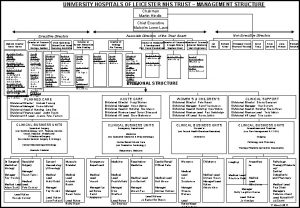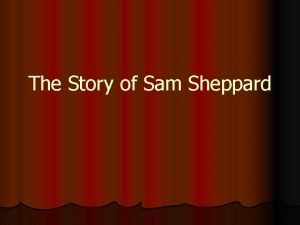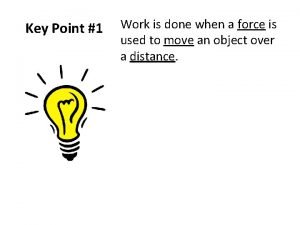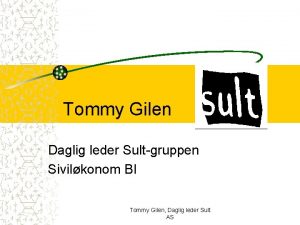Counselling Framework Tommy Sheppard M Ed counselling Cognitive












- Slides: 12

Counselling Framework Tommy Sheppard, M. Ed (counselling)

Cognitive Behavioral Therapy Cognitive-behavioral therapy is based on the idea that our thoughts cause our feelings and behaviors, not external things, like people, situations, and events. How we think (cognition), how we feel (emotion) and how we act (behavior) all interact together. Specifically, our thoughts determine our feelings and our behavior.

CBT aims to help people become aware of when they make negative interpretations, and of behavioral patterns which reinforce the distorted thinking. Cognitive Therapy helps people to develop alternative ways of thinking and behaving which reduce the psychological distress.

Why CBT? • can be used to treat people with a wide range of mental health problems • considered among the most rapid in terms of results obtained • collaborative effort between therapist and the client.

Solution Focused Brief Therapy SFBT targets the desired outcome of therapy as a solution rather than focusing on the symptoms or issues that brought someone to therapy. This technique only gives attention to the present and the future desires of the client, rather than focusing on the past experiences. The therapist encourages the client to imagine their future as they want it to be and then therapist and client collaborate on a series of steps to achieve that goal. This form of therapy involves reviewing and dissecting the client’s vision, and determining what skills, resources, and abilities the client will develop and use to attain his desired outcome.

Counselling skills used in SFBT • Goal Setting • Scaling • Miracle Question

Miracle Question in SFBT Asking client to look into the future and see themselves as they wanted to be, problems solved, and then to explain what had happened to cause this change to come about. Ask clients to think of a date in the future, then worked backwards, asking them what had happened at various points on the way. Building on the miracle question: • What difference would you (& others) notice? • What are the first things you notice? • Has any of this ever happened before? • Would it help to recreate any of these miracles? • What would need to happen to do this? • What else?

Scaling/Miracle Question • On a scale of 1 to 10 where 1 is the worst it's ever been and 10 is after the miracle has happened, where are you now? • Where do you need to be? • What will help you move up one point? • How can you keep yourself at that point? • What would be the first sign that you had moved on one point further? • Who would be the first person to notice you've moved one point up? What would they notice? • What else?

Basic philosophy and assumptions of SFBT • Change is constant • Clients are the experts and define goals • Clients have resources and strengths to solve problems • Future orientation - history is not essential • Emphasis is on what is possible and changeable

Why SFBT? School counseling requires approaches that are appropriate for the time constraints encountered. The use of solution focused therapy has increased in all areas of counseling, but particularly in schools where it seems to offer practical interventions for students, teachers and parents.

I also see importance in Psychoanalytic Theory Opposite to CBT & SFBT focusing on the here and now, PT focus is on problems in the present resulting from unresolved issues in the past, especially those related to early childhood interactions with parents. Analyzing dreams, labeling defenses and looking for unconscious, represed material are the best ways to help people resolve their difficulties. The relationship with clients is important mostly as it relates to clients fantasies and projections.

Conclusion I see value in many theories (CBT, SFBT, PT) however my approach to a counselling relationship would mostly depend on the individual student's needs.






















